The Pros and Cons of Walking Poles
Olympian Sarah Rowell looks at the pros and cons of walking poles, useful tools too often dismissed by veteran walkers.
The Pros and Cons of Walking Poles
https://www.contours.co.uk/pros-and-cons-of-walking-poles
by Sarah Rowell
Walking sticks. They’re preserve of those who are getting on in age or a little doddery on their feet, aren’t they?
If that’s still your view, then what follows may come as a bit of a surprise. In all sorts of running races in Europe, a significant number, if not the majority, of competitive runners make use of modern lightweight walking poles to increase their performance.
You personally may not be trying to complete 100+ miles as fast as possible and in one go, but everyone who takes in trail walking, especially hilly trail walking, can benefit from using trekking poles.
Like many runners, I admit to once being a total pole snob — until I finally tried them, and in the space of a 2-hour walk with friends, I was converted. Why?
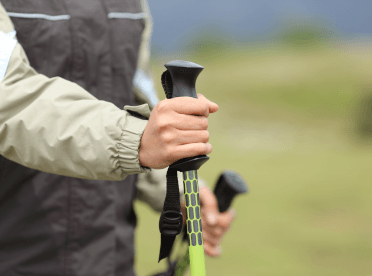
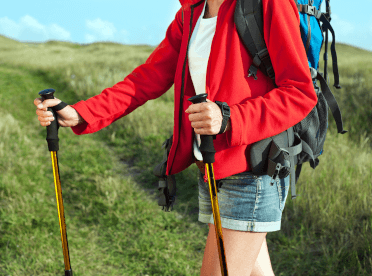
Going up. Poles help the transfer of power from the upper body through the arms to make walking uphill easier — think crosscountry skier. This works for slopes of all gradients, although to get the most from your poles, you may want to adjust the length so they are shorter for steeper hills.
Going down. Using the poles both for balance and to take some of the impact can help reduce the muscle soreness often linked to walking downhill.
Better balance. Especially over rocky, loose terrain or when crossing rivers, poles can add a balance point, giving much greater stability.
Shock absorption. Studies quoted by trekking pole manufacturers suggest that there can be up to 7kg less pressure per step when using walking poles. In some cases they claim to take 25% of body weight through the pole, thus reducing the load through the hips and knees.
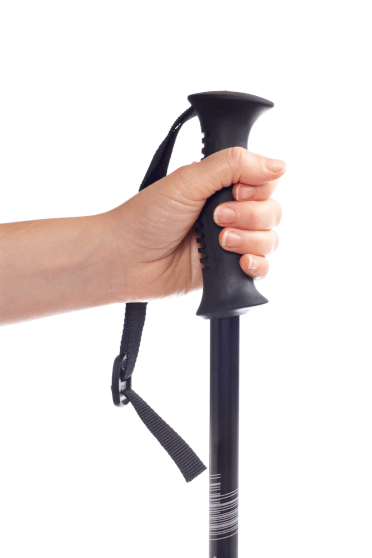
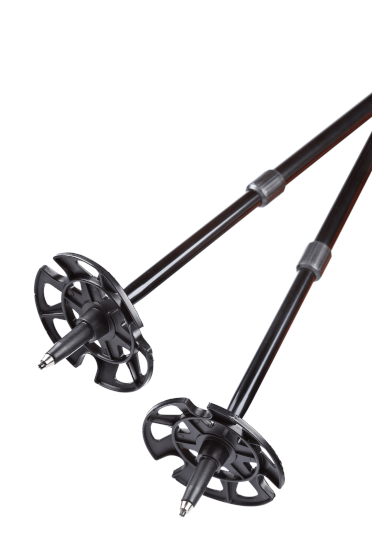
If those are the pros, what about any cons? The one most likely to upset your walking group (other than the click, click, click as you walk along) is catching or stabbing other walkers, not only when walking but also when taking poles in and out of a rucksack if you are not using them all the time. This is a real risk, especially if you are in a big, close-knit party.
The other obvious downside is that they take up your hands. If you have poles in both or even one hand, it makes it harder to use a map and compass, to eat and drink without stopping, or to clamber over stiles and similar.
If you do decide to try walking with poles, the range of options is considerable, with top-end versions costing upwards of £120. For this you will get ultra-lightweight, collapsible carbon poles, or you can knock the third figure off and pay under £20 for a heavier yet still adjustable pair. You can find examples here at Cotswold Outdoor.
Whichever you choose, keep these aspects in mind.
If you're going to give poles a go, one quick word of warning: the first few times you use your poles, be prepared to feel sore around the shoulder and upper arm muscles the next day. This is just the body getting used to a new movement. Consider it a nice change from sore legs or feet!
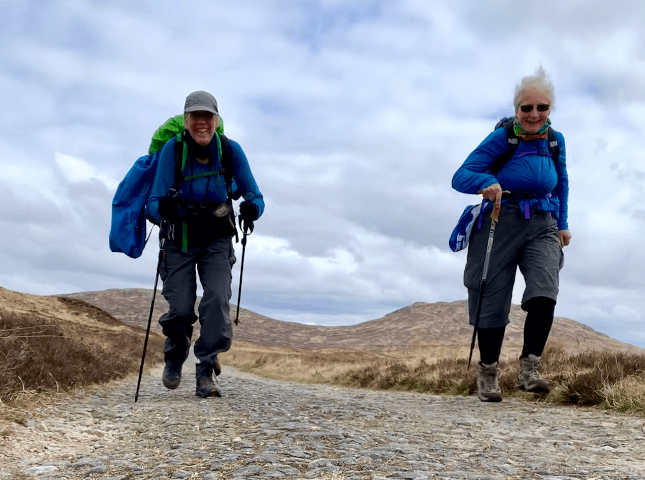
Olympian, Advisor in High-Performance Sport
Sarah Rowell has been a successful long distance runner since the early 1980s, running marathons before switching to off-road surfaces.
Her achievements include representing Great Britain in the Olympic Marathon, finishing second in the 1985 London Marathon and second in the 1996 World Mountain Running Championships, and winning the English Fell-Running Championships in 1997.
Sarah now works as an advisor within high-performance sport.